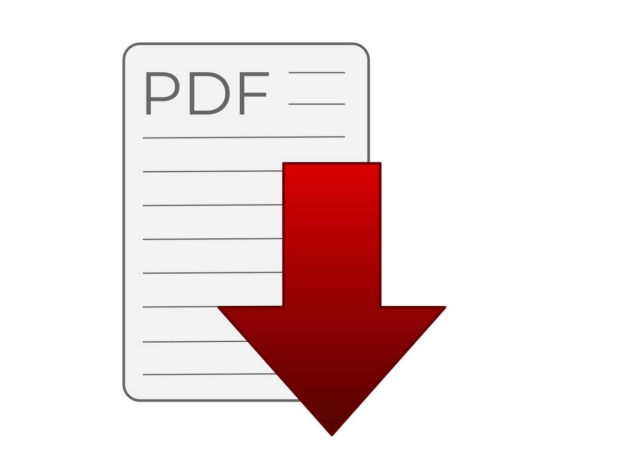
In today’s digital world, businesses face the challenge of keeping their important documents safe and accessible for years to come. The Internet is overflowing with different file formats, and one that stands out for its reliability is PDF/A. Choosing the right format for archiving can greatly affect a business’s long-term success.
Understanding why PDF/A is a smart choice can help organizations protect their valuable information while ensuring easy access for everyone in the future.
What is PDF/A?
PDF/A is a special version of the Portable Document Format (PDF) that has been designed for long-term digital preservation. Unlike standard PDF files, which may include elements that can cause problems later on, PDF/A restricts certain features to ensure that documents look the same regardless of where they are viewed.
This version keeps all fonts, colors, and images embedded within the file, making it a more reliable choice for businesses.
Why Should Businesses Consider PDF/A?
Choosing to adopt PDF/A as an archiving standard offers several benefits for businesses looking to succeed over the long term. Here are some key reasons:
Ensured Accessibility
When important documents are archived in PDF/A format, businesses can be confident that these files will remain accessible in the future. The format is designed to be self-contained, meaning that all the necessary components are included within the file itself. This reduces the risk of files becoming unreadable due to missing fonts or software changes.
Compliance with Regulations
Many industries are subject to strict regulations concerning record-keeping. By utilizing PDF/A, businesses can meet legal requirements for document retention and ensure compliance. This approach not only protects the organization from potential fines but also demonstrates a commitment to best practices in information management.
Cost-Efficient Storage
Storage costs can be a significant concern for different types of businesses. PDF/A files often take up less space compared to standard PDFs because they are optimized for long-term archiving. This optimization can lead to reduced storage expenses over time.
Stability of the Format
Unlike other file formats that may change or become outdated, PDF/A is a stable format designed for archiving. This stability means that businesses can continue to rely on their archived documents without worrying about future compatibility issues.
How to Transition to PDF/A
Adopting PDF/A standards might seem overwhelming at first, but it is a straightforward process that can be completed in just a few steps. Businesses can use various software tools and applications to easily convert standard PDF files to PDF/A. For instance, companies can convert standard pdf to pdf/a in c# for archiving as part of their archiving strategy.
Evaluate Existing Documents
The first step in transitioning to PDF/A is to review existing documents that require archiving. Identify which files are vital for long-term storage based on legal requirements and business needs.
Use Conversion Tools
Once documents are selected, businesses can use various tools to convert them to PDF/A. Many software options, including cloud-based solutions, provide easy conversion features that streamline this process.
Establish Archiving Procedures
To ensure long-term success, businesses should create procedures for ongoing document management. Define who is responsible for archiving and set up a timeline for regularly converting and storing files in PDF/A format.
Achieving Business Success
Choosing PDF/A standards for archiving is a strategic decision that can support a business’s long-term success. Transitioning to PDF/A may seem daunting, but with the right tools and procedures, businesses can safeguard their documents for years to come. Taking the next step toward implementing PDF/A standards is an investment in future success.
ideas? Check out our other helpful articles on our website.
